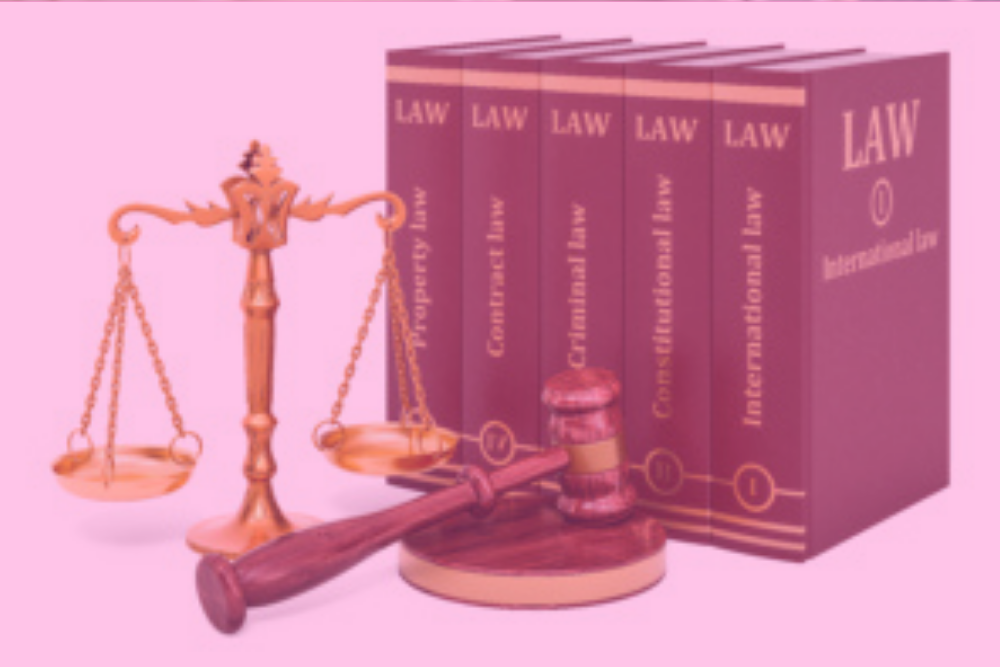In Australia, the harshest penalty that courts can impose for criminal offences is a sentence of imprisonment. A sentence of imprisonment may be for a fixed term, or it may be indefinite. In some states and territories, a sentence of imprisonment may be wholly or partly suspended, and, in some jurisdictions, a custodial sentence can be served in the community in the form of home detention. This page deals with sentences of imprisonment in Australia.
Suspended imprisonment
In all states and territories except for Victoria and New South Wales, a term of imprisonment may be ordered to be wholly or partly suspended. A term of imprisonment that is suspended does not have to be served unless the conditions of the suspended sentence are breached.
A person who is sentenced to suspended imprisonment is allowed to live in the community provided they abide by conditions. If the person commits another offence, they may be ordered to serve part or all of the term of imprisonment that has been suspended in a prison.
Non-parole periods
A person who is sentenced to imprisonment may have a non-parole period imposed. This is a date after which the offender may apply to be released on parole. If parole is granted, the offender will be released into the community under strict conditions and supervised by the parole authority in their state or territory.
If the offender complies with the conditions of their parole for the remainder of their sentence, they will not have to return to prison. If they breach the conditions, they will be ordered to serve the remainder of their sentence in prison. The time they have already spend living in the community on parole will not be taken into account.
Home detention
In some states and territories, a term of imprisonment may be ordered to be served as home detention. This will occur only if the offender is assessed as suitable for a home detention order.
A person who is placed on a home detention order is imprisoned in their home and monitored by the Department of Corrections. They are allowed to leave the house only for particular purposes such as attending work or study and must obtain specific permission to leave the house for any other reason.
They may be subjected to electronic monitoring and drug and alcohol testing, as well as other conditions.
Maximum terms
The maximum term of imprisonment that can be imposed for an offence is determined by jurisdictional limits and by the maximum penalty that is set out in the legislation for each individual offence.
In the lower courts (Magistrates and Children’s Courts) of each state and territory, there is a jurisdictional limit on the penalty that can be imposed for a single offence. For example, in Queensland the maximum penalty that can be imposed by a magistrate for a single offence is three years imprisonment.
In the higher courts, the maximum term of imprisonment that can be imposed for an offence is limited by the maximum penalty for the particular offence. For example, in New South Wales, the maximum penalty that can imposed for causing grievous bodily harm is two years imprisonment.
Minimum terms
In some states and territories, legislation also sets out a mandatory minimum sentence that is to be imposed for certain offences. This means that the discretion of the court is curtailed. A sentencing court is free to impose a longer term than the minimum sentence, but it cannot impose a shorter one.
Western Australia and the Northern Territory both have quite extensive mandatory sentencing regimes. For example, in Western Australia, a mandatory sentence of at least six months imprisonment applies to an adult who is found guilty of a serious assault on a public officer.
Western Australia also has mandatory sentencing provisions that apply to young people.
Remand
Many people – both adults and young people – who are in prison or detention in Australia are being held on remand. This means that they have not yet been found guilty of an offence and are awaiting the final determination of their matter.
If a person who has spent time on remand is subsequently sentenced to imprisonment or detention, the sentence will be backdated to the date they came into custody. This means that some or all of the sentence that is imposed will already have been served.
Prisons and youth detention centres
There are prisons and youth detention centres in every state and territory of Australia. Some correctional facilities for adults are operated by private companies, while others are operated by the Department of Corrections. All youth detention centres in Australia are government operated.
Alternatives to prison
Sentences of imprisonment are only to be imposed as a last resort. Sentencing courts must consider all other sentencing options and order imprisonment only if no other penalty is appropriate in the circumstances. Other penalties that may be imposed for serious offences include supervised orders, community work orders and fines.
Incarceration rates in Australia are rising. Critics of incarceration argue that the practice further disadvantages marginalised groups and increases the likelihood of reoffending and that non-punitive sentences are more effective. However, supporters of imprisonment as a sentencing option argue that it is important for offenders to be adequately punished and for the community to be protected.
If you require legal advice or representation in any legal matter, please contact Taylor Rose.




